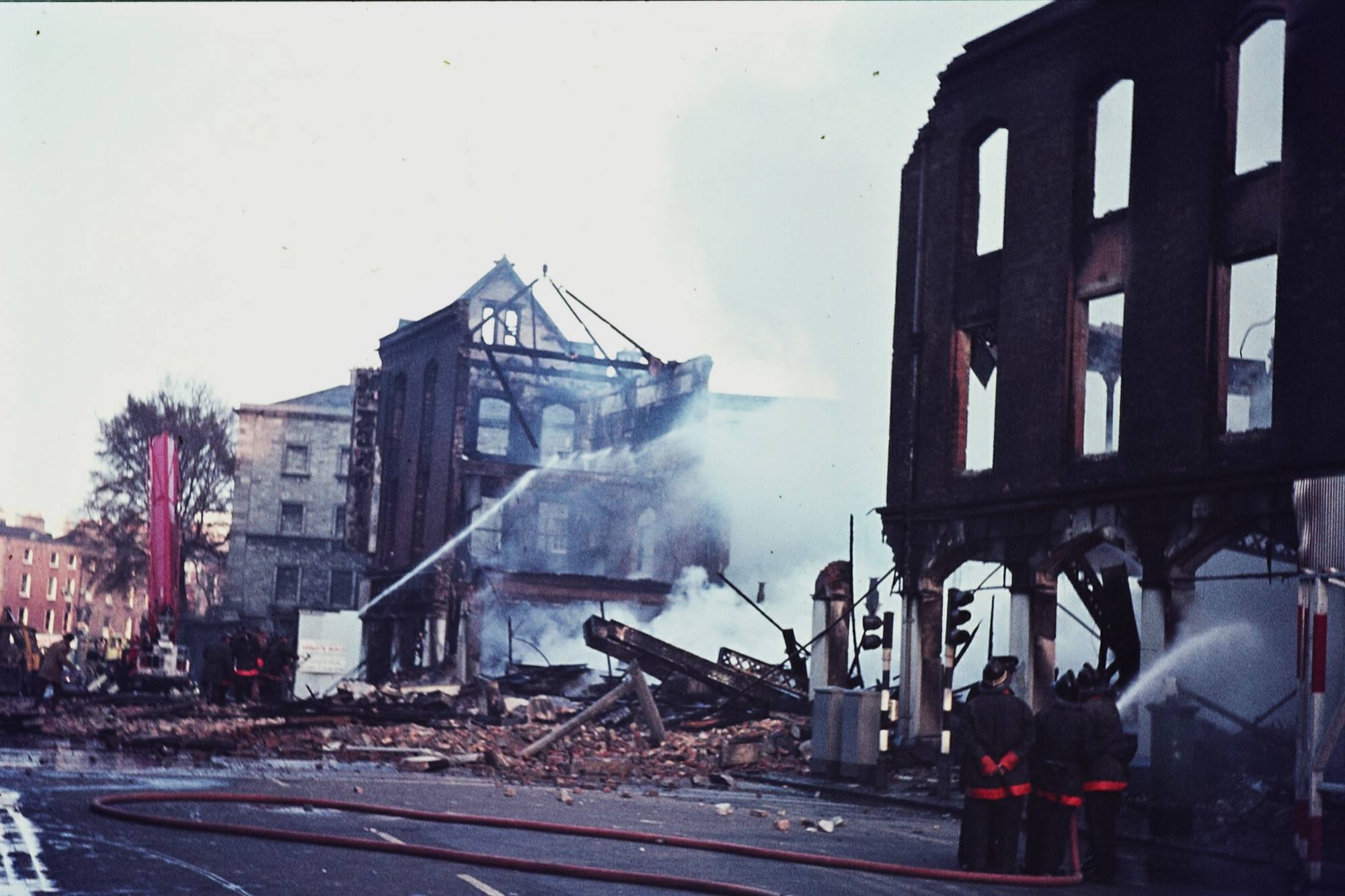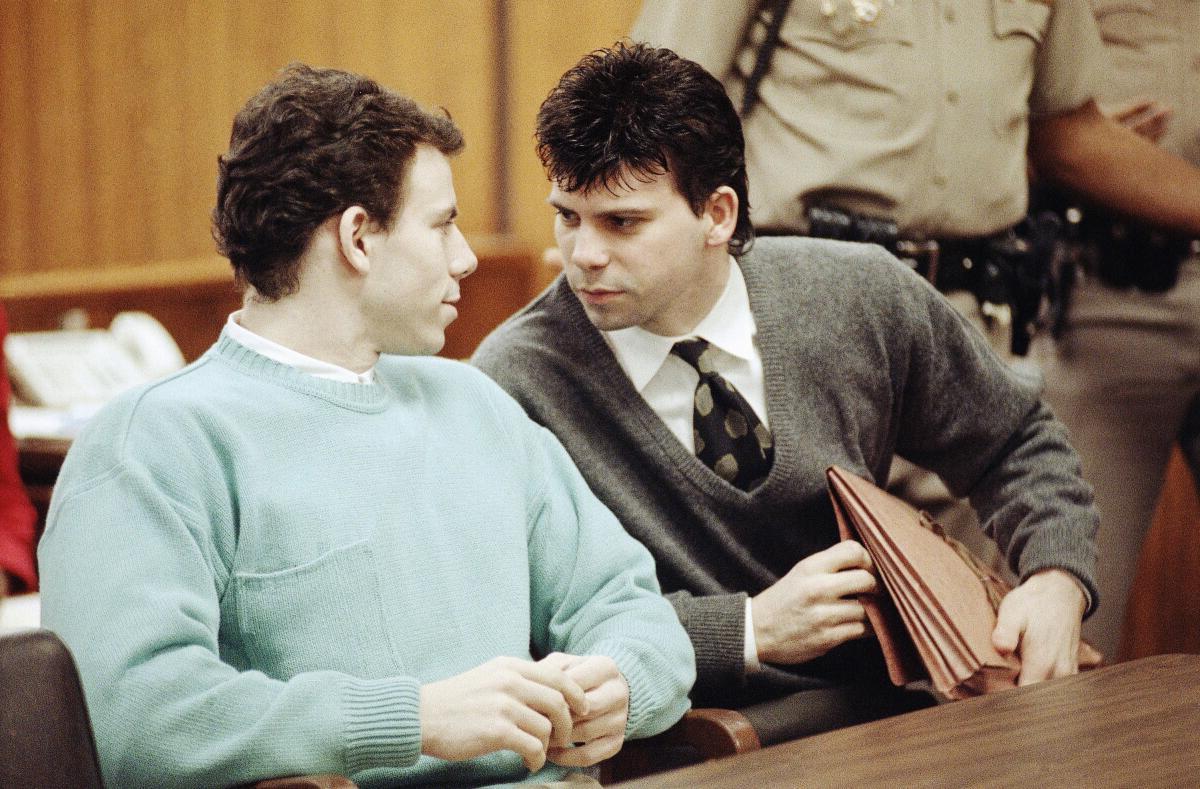
What happens when a river of whiskey flows through the streets of Dublin? On June 18, 1875, the Liberties area of Dublin witnessed one of the most bizarre and tragic events in its history—the Dublin Whiskey Fire. This catastrophic blaze started in a bonded warehouse filled with 5,000 hogsheads of whiskey, leading to a fiery torrent that swept through the streets. While the fire itself caused significant property damage, the real tragedy lay in the human toll. Thirteen people lost their lives, not from burns or smoke inhalation, but from alcohol poisoning after consuming the undiluted whiskey. This event remains a poignant reminder of the unexpected dangers that can arise from industrial accidents.
Key Takeaways:
- The Dublin Whiskey Fire was a tragic event in 1875, causing chaos and loss of life due to alcohol poisoning. It led to changes in fire safety and whiskey handling, and even inspired a craft whiskey tribute called Flaming Pig.
- Captain Ingram and his team bravely controlled the fire, saving lives and preventing further disaster. The event marked a turning point in Dublin's approach to fire safety and emergency response.
The Dublin Whiskey Fire: A Catastrophic Event
The Dublin Whiskey Fire, also known as the Great Liberties Whiskey Fire, was a tragic and chaotic event that took place in Dublin, Ireland. This disaster not only caused significant property damage but also led to a tragic loss of life due to alcohol poisoning. Here are 34 key facts about this historical event.
Date and Location
- The Dublin Whiskey Fire occurred on June 18, 1875, in the Liberties area of Dublin, Ireland.
- The fire started in Laurence Malone's bonded storehouse on the corner of Ardee Street.
Cause and Spread of the Fire
- The exact cause of the fire remains unknown.
- The fire began between 4:35 PM and 8:30 PM.
- By 9:30 PM, barrels within the storehouse started exploding, sending a stream of whiskey flowing through the doors and windows.
- The whiskey stream first stretched down Cork Street, turning onto Ardee Street, and caught a house on Chamber Street.
- It continued farther to Mill Street, quickly demolishing a row of small houses.
Human Reaction and Evacuation
- People were alerted to the fire by the sounds of squealing pigs from nearby livestock pens that had caught fire.
- This rapid alert contributed to a surprisingly quick evacuation.
- Many people gathered by the streams of whiskey, filling any vessel at hand with the substance.
- Disgustingly, some men were seen taking off their boots and using them as drinking cups.
Alcohol Poisoning and Hospitalizations
- None of the fatalities were due to smoke inhalation or burns.
- All 13 victims died from alcohol poisoning after consuming undiluted whiskey.
- Twenty-four people were hospitalized due to alcohol poisoning.
- Eight were sent to Meath Hospital, twelve to Jervis Street Hospital, three to Stevens' Hospital, and one young person to Mercer's Hospital.
Property Damage and Economic Impact
- The fire resulted in significant property damage, with over €6 million worth of damage in whiskey alone (adjusted for inflation).
- Many households were forced to relocate due to the destruction of densely packed tenement buildings on Mill Street, Ardee Street, Chamber Street, and Cork Street.
Fire Brigade Response and Unconventional Strategy
- Captain James Robert Ingram, the first chief of the Dublin Fire Brigade, led the response to the fire.
- He recognized that pouring water on the fire would spread it further, as the whiskey would float on top of it like petrol.
- Instead, he ordered soldiers to pull up paving stones and pour a mixture of sand and gravel on the whiskey.
- When this method failed, he instructed them to bring horse manure to form dams, which helped to soak up the burning whiskey and eventually subside the fire.
Chaos and Pandemonium
- The fire caused chaos and pandemonium in the area.
- Many Dubliners kept animals, and the presence of carthorses and pigs maddened by heat added further to the mayhem.
- The Irish Times reported on June 21 that caps, porringers, and other vessels were in great demand to scoop up the alcohol as it streamed from the blazing buildings.
Animal Casualties
- Several pigs and a dog that entered William Eyre’s house on Dominick Street Upper through an open door were lost.
- The dog consumed so much alcohol that it was foaming at the mouth and appeared either rabid or suffering from delirium tremens.
Community Response and Legacy
- The community came together to help those affected by the fire.
- The mayor set up a fund to help those who had lost their homes and furniture.
- Several hundred pounds were raised to assist the victims.
Historical Significance and Cultural Impact
- The Dublin Whiskey Fire is one of the most significant industrial accidents in Dublin’s history.
- It marked a turning point in the city’s approach to fire safety and emergency response.
- The fire also led to changes in how whiskey was stored and handled, with a greater emphasis on safety measures to prevent such tragedies in the future.
Craft Whiskey Tribute
- In recent years, a new blend of craft whiskey was launched, named after the Great Whiskey Fire. This blend, called Flaming Pig, serves as a tribute to the event and its impact on Dublin’s history.
Fire Brigade’s Praise
- Captain Ingram and his team received praise for their bravery and quick response during the fire. Despite the challenges they faced, they managed to control the fire and evacuate the occupants safely.
The Lasting Impact of the Dublin Whiskey Fire
The Dublin Whiskey Fire of 1875 left a significant mark on Dublin's history. This tragic event, which saw 13 people die from alcohol poisoning and caused over €6 million in damages, highlighted the dangers of industrial accidents and the need for better safety measures. Captain James Robert Ingram's innovative response, using horse manure to control the fire, showcased the importance of quick thinking in emergencies. The fire also became part of Dublin's folklore, remembered for the bizarre scenes of people drinking whiskey from boots and other makeshift containers. Today, the legacy of the fire lives on in stories, legends, and even a craft whiskey blend named Flaming Pig. The Dublin Whiskey Fire serves as a stark reminder of the importance of responsible drinking and the need for stringent safety protocols in industrial settings.
Frequently Asked Questions
Was this page helpful?
Our commitment to delivering trustworthy and engaging content is at the heart of what we do. Each fact on our site is contributed by real users like you, bringing a wealth of diverse insights and information. To ensure the highest standards of accuracy and reliability, our dedicated editors meticulously review each submission. This process guarantees that the facts we share are not only fascinating but also credible. Trust in our commitment to quality and authenticity as you explore and learn with us.


